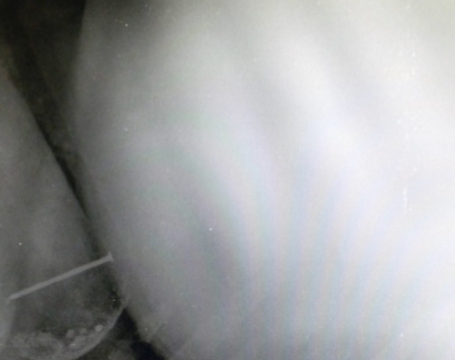Comparative evaluation of single stage and double stage diaphragmatic herniorrhaphy for repair of diaphragmatic hernia in buffaloes
Keywords:
Bubalus bubalis, buffaloes, herniorrhaphy, rumenotomy, auscultation, radiographyAbstract
The present clinical study was conducted on 18 clinical cases of buffaloes suffering with diaphragmatic hernia and divided into two groups consisting of nine buffaloes in each group viz Group A buffaloes underwent by single stage diaphragmatic herniorrhaphy while Group B buffaloes operated by double stage diaphragmatic herniorrhaphy. Overall affected buffaloes were aged between 3.5 to 9 years (6.41±04); 13 buffaloes (72.22%) were reared under free range grazing system; higher incidence was in advance buffaloes (44%) and duration of illness was 4 to 35 days (15.27±2.54). Diaphragmatic hernia was diagnosed on basis of thoraco-abdominal radiography and auscultation of reticular sound in thoracic cavity. Haematobiochemical changes include neutrophilia (49.44±3.84); lymphopenia (38.88±2.22); and there was significant increase in level of serum creatinine (3.19±0.37); creatine kinase (595.14±47.24) and lactate dehydrogenase (1968.596±172.88) level in both the groups of buffaloes. Buffaloes from Group A, underwent single stage diaphragmatic herniorrhaphy i.e. rumenotomy as well as diaphragmatic herniorrhaphy from same surgical incision via Postxiphoid approach. Whereas Group B buffaloes underwent routine left flank rumenotomy on first day (standing position) and trans-abdominal herniorrhaphy was performed in dorsal recumbency via Postxiphoid on next day. Out of 18, two buffaloes were succumbed to death during surgical procedure due to respiratory failures or collapse and remaining sixteen buffaloes were recovered uneventfully. To conclude, single stage diaphragmatic herniorrhaphy allows easy access to rumen for retrieval of foreign bodies, breaking of adhesions and repositioning of herniated contents, affordable to farmers and less suffering of animals as compared to double stage method for repair of diaphragmatic hernia in buffaloes.
Downloads
Metrics





.png)








